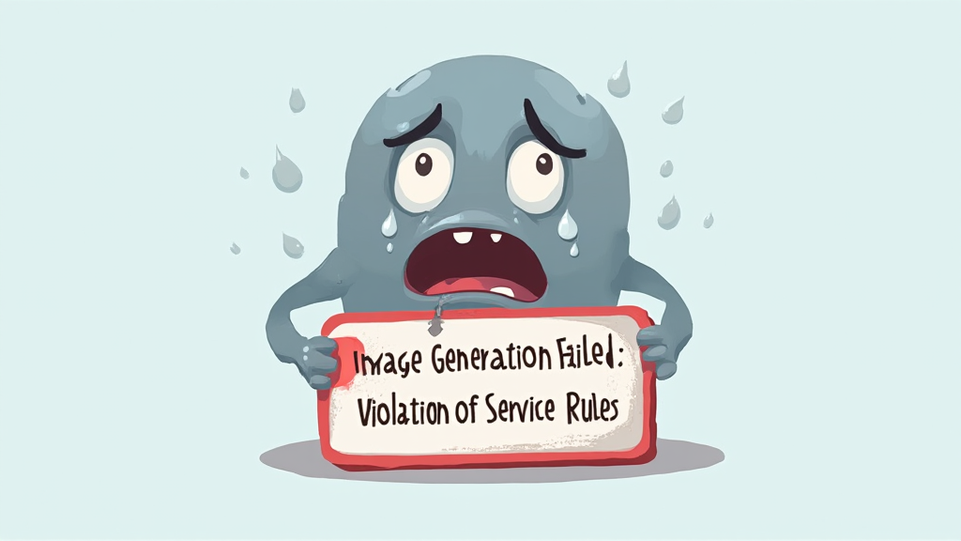Introduction to Inflation and Its Impact on Savings
Understanding Inflation: Causes and Effects
Inflation refers to the general increase in prices over time, which erodes purchasing power. This phenomenon can significantly impact savings, as the value of money diminishes. Consequently, individuals may find that their savings do not stretch as far as they once did. It is crucial to understand this dynamic. Many people overlook the long-term effects of inflation. As prices rise, the cost of living increases, making it essential to seek effective strategies for preserving wealth. Awareness is key in financial planning.
The Historical Context of Inflation and Savings
Historically, inflation has fluctuated due to various economic factors, including supply shocks and monetary policy changes. These fluctuations have flat influenced savings behavior . For instance, during periods of hyperinflation, individuals often seek alternative assets to preserve value. This shift can lead to a decline in traditional savings. Understanding these patterns is essential. Many fail to recognize the urgency of adapting to inflationary pressures.
The Role of Cryptocurrency in Combating Inflation
How Cryptocurrencies Function as a Hedge Against Inflation
Cryptocurrencies are increasingly viewed as a hedge against inflation due to their decentralized nature and limited supply. This scarcity contrasts sharply with fiat currencies, which can be printed in unlimited quantities. As inflation rises, investors often turn to digital assets to preserve their purchasing power. This trend is noteworthy. Many are unaware of the potential benefits of cryptocurrencies. Their volatility can also present opportunities for significant returns.
Case Studies: Successful Use of Crypto During Inflationary Periods
During periods of hyperinflation, countries like Venezuela have seen citizens turn to cryptocurrencies as a means of preserving wealth. This shift allowed individuals to bypass the devaluation of their national currency. Many found stability in digital assets. Notably, Bitcoin transactions surged as people sought alternatives. This trend highlights a critical response to economic instability. Observing these patterns can inform future investment strategies.
Diversifying Your Investment Portfolio
Importance of Asset Diversification
Asset diversification is crucial for mitigating risk in investment portfolios. By spreading investments across various asset classes, individuals can reduce exposure to market volatility. This strategy enhances the potential for stable returns. Many investors overlook this principle. A well-diversified portfolio can withstand economic fluctuations more effectively. Understanding this concept is essential for long-term financial health.
Integrating Cryptocurrencies into Your Investment Strategy
Integrating cryptocurrencies into an igvestment strategy can enhance portfolio diversification. By allocating a portion of assets to digital currencies, investors can potentially increase returns while managing risk. This approach allows for exposure to emerging markets. Many investors underestimate this opportunity. Cryptocurrencies often exhibit low correlation with traditional assets. This characteristic can stabilize overall portfolio performance. Understanding these dynamics is vital for informed decision-making.
Stablecoins: A Safe Haven in Volatile Markets
What Are Stablecoins and How Do They Work?
Stablecoins are digital currencies designed to maintain a stable value, typically pegged to fiat currencies like the US dollar. This stability makes them attractive during market volatility. Many investors use stablecoins to protect their assets. They provide liquidity while minimizing risk. Understanding their mechanics is essential. Stablecoins can facilitate transactions without the price fluctuations of traditional cryptocurrencies. This feature is particularly beneficial in uncertain markets.
Benefits and Risks of Using Stablecoins
Stablecoins offer several benefits, including price stability and ease of use in transactions. They allow investors to avoid the volatility associated with traditional cryptocurrencies. This feature is particularly advantageous during market downturns. Many users appreciate the liquidity stablecoins provide. However, risks exist, such as regulatory scrutiny and potential counterparty risks. Understanding these factors is crucial for informed decision-making. Awareness can lead to better investment choices.
Utilizing Decentralized Finance (DeFi) for Savings
Introduction to DeFi: Opportunities and Challenges
Decentralized Finance (DeFi) presents unique opportunities for savings through innovative financial products. Users can earn interest on their assets by participating in liquidity pools or lending platforms. Key benefits include:
However, challenges exist, such as smart contract vulnerabilities and regulatory uncertainties. Awareness of these risks is essential. Many overlook the importance of due diligence. Understanding the landscape can enhance investment strategies.
How to Earn Passive Income Through DeFi Platforms
Earning passive income through DeFi platforms involves several strategies. Users can provide liquidity to decentralized exchanges or lend assets on lending platforms. Key methods include:
These options can generate consistent income. However, risks such as impermanent loss and market volatility exist. Many investors underestimate these factors. Understanding the mechanics is crucial for success.
Strategies for Long-Term Wealth Preservation
Setting Financial Goals in an Inflationary Environment
Setting financial goals in an inflationary environment requires careful planning and adaptability. Investors should prioritize assets that historically outpace inflation, such as real estate or commodities. Diversifying investments can mitigate risks. Many overlook this strategy. Regularly reviewing and adjusting goals is essential. This practice ensures alignment with changing economic conditions. Awareness of inflation’s impact is crucial for effective planning.
Regularly Reviewing and Adjusting Your Investment Strategy
Regularly reviewing and adjusting an investment strategy is essential for long-term wealth preservation. Market conditions and personal circumstances can change rapidly. This necessitates a proactive approach to investment management. Many investors fail to adapt. By assessing performance and reallocating assets, individuals can optimize returns. This practice enhances financial resilience. Staying informed about market trends is crucial.
Conclusion: Taking Action Against Inflation
Summarizing Key Strategies for Protecting Your Savings
To protect savings against inflation, individuals should consider diversifying their investments. This strategy can mitigate risks associated with market volatility. Many overlook the importance of asset allocation. Additionally, incorporating cryptocurrencies and stablecoins can enhance financial resilience. These options provide potential for growth and stability. Staying informed about economic trends is essential. Awareness leads to better financial decisions.
Encouraging Proactive Financial Management
Proactive financial management is essential in combating inflation. Individuals should regularly assess their investment portfolios. This practice can identify underperforming assets. Key strategies include:
Many fail to recognize the importance of timely adjustments. Awareness can lead to improved financial outcomes.
